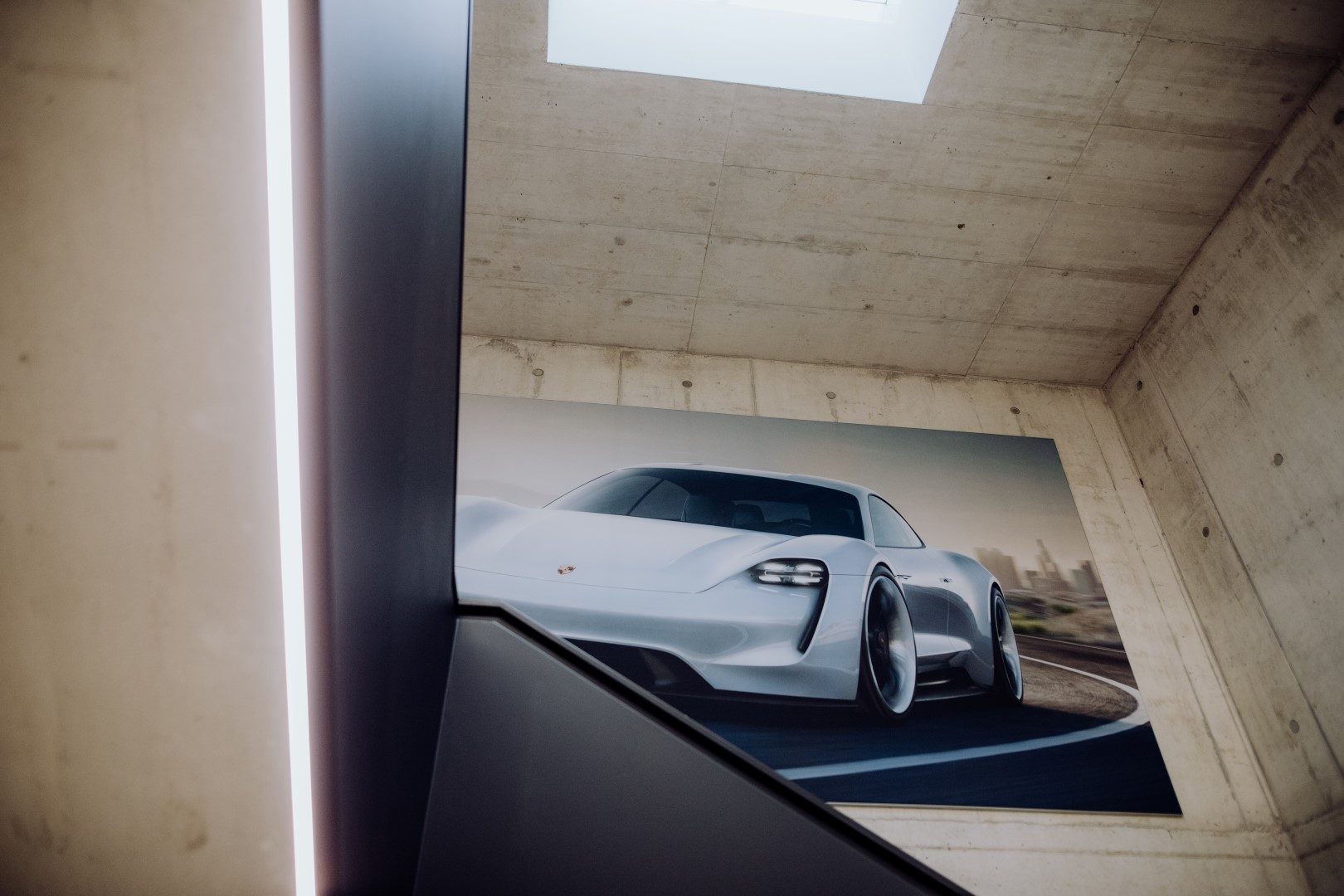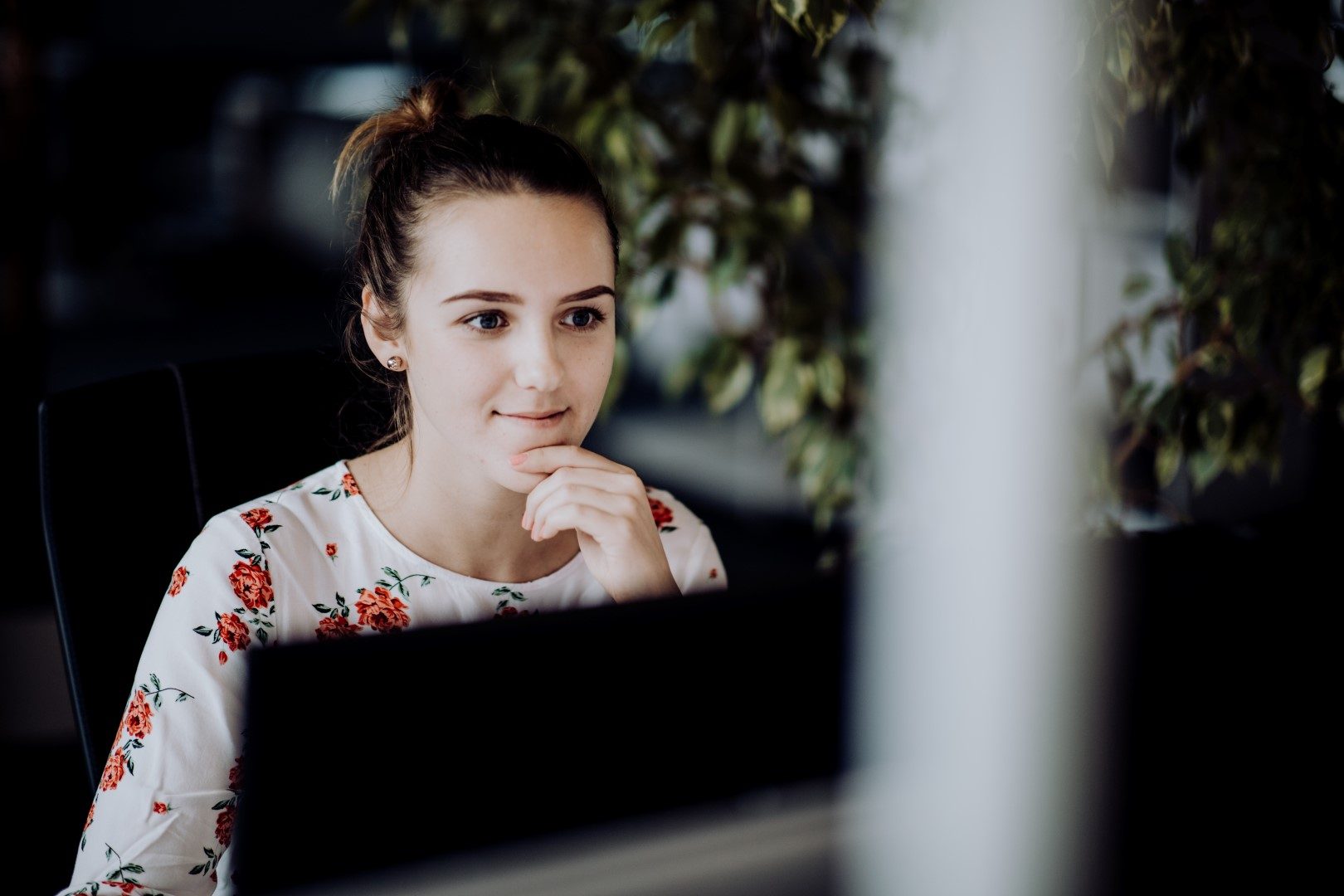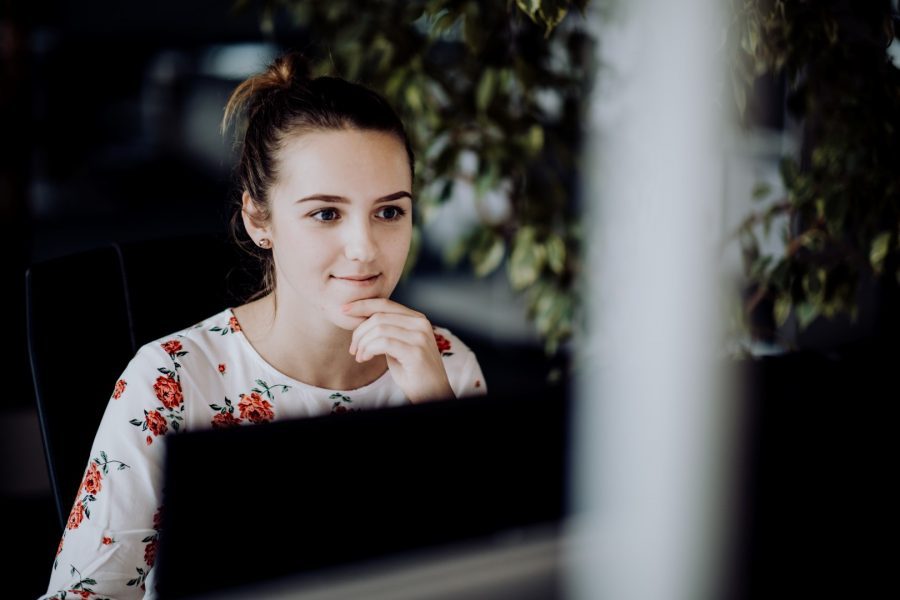
A specially developed Open Space office layout for the new building into which Porsche Informatik moved last year is designed to make further improvements to the workplace environment of our developers. What are the principles behind the Open Space approach, what has it been like for employees working in the new building over the past year, and what are the implications, including for our new location in Vienna?
Between May and October last year, some of our teams moved into the new Bauteil D section of the Porsche Holding building complex in a step-by-step manner. Before the move, we thought long and hard about the new office layout. One important goal was to boost productivity, but the principal aim was to ensure employees would genuinely feel comfortable in the new offices (obviously the two things go hand in hand).
The underlying premise for the new layout was activity-based working (ABW): various different work environments are available to employees, so that they can choose exactly the right atmosphere for the task at hand. Rigid spatial structures are avoided, and requirements are oriented to ongoing activities. One major advantage of this approach is that it enhances communication and, in particular, provides plenty of scope for innovative processes and networked working.
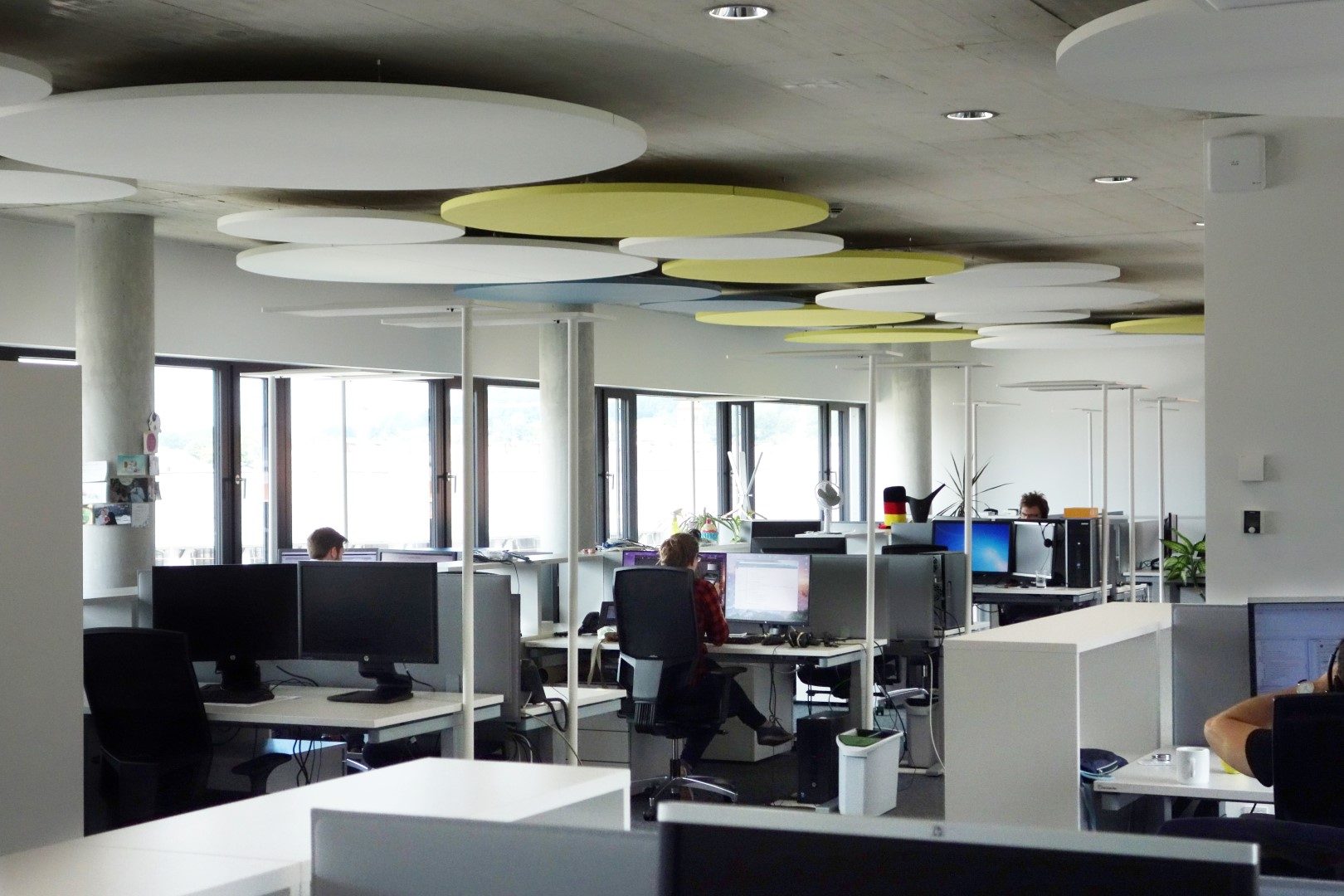
Why activity-based working?
Since 2016 we have been steadily implementing our new corporate strategy as part of a continuous change process, tackling questions such as what the modern workplace and work involve, and how best to provide support. As part of that process, we have been implementing the Digital Workplace, which is being rolled out successfully at Porsche Holding, as well as investigating issues relating to new work models that are currently being tried out at the company.
With one of the key elements of our strategy in mind – co-creation – we have been working closely with clients and external partners on various projects and have therefore brought an additional degree of openness to our work methods, to make them more flexible. The new office layout is intended to reflect and support these new work methods. The atmosphere of innovation and productivity is also helping us to position ourselves as an attractive employer.
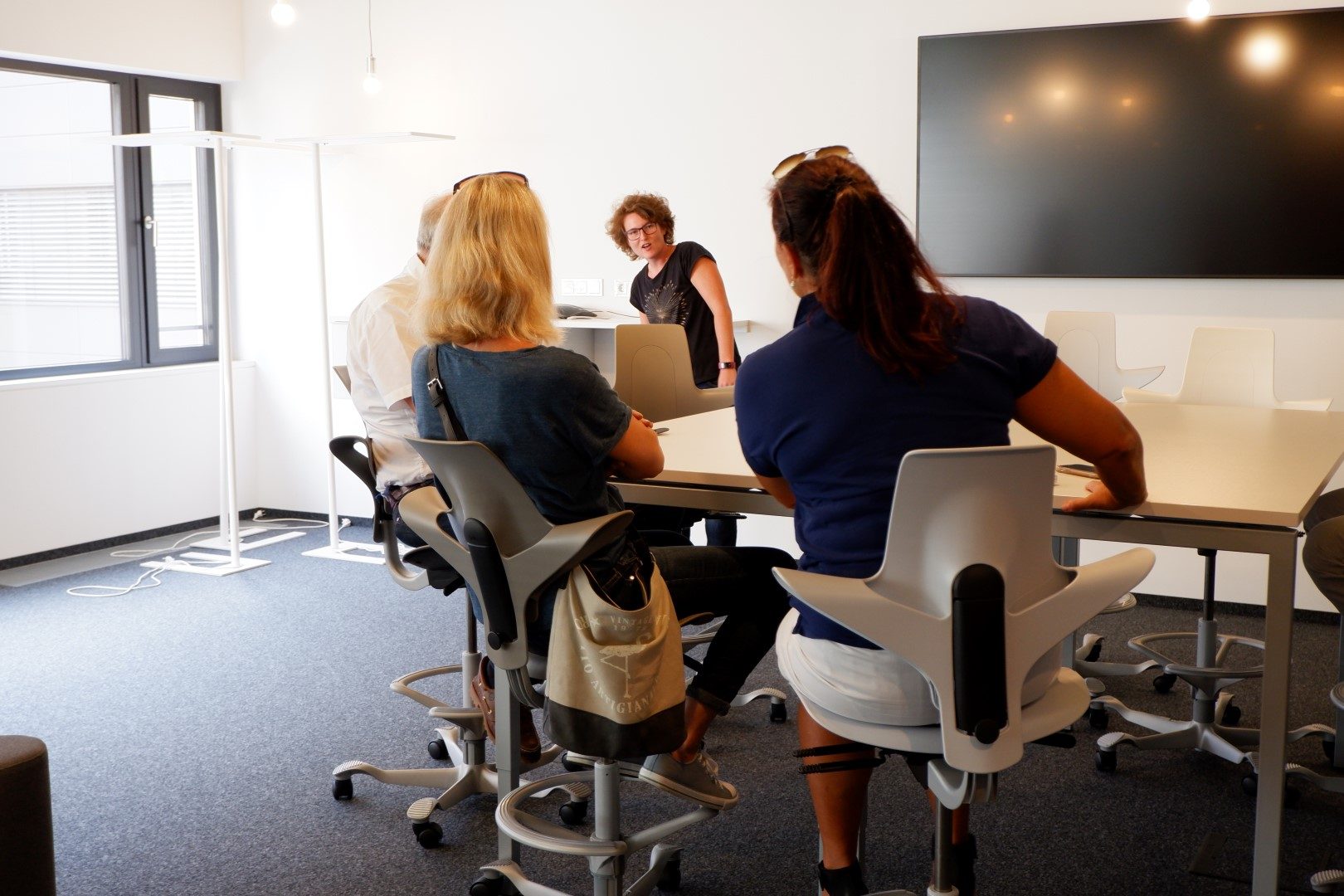
Zone concept
Developing the new office layout has been a lengthy process with numerous learning curves. The initial phase lasted over a year and is still ongoing. At the core of our approach are the different zones for different tasks. Originally, there were only four different zones, but in practice we found that further categories were needed. At present the teams in the new building use seven zones:
- Quiet Zone: a large room in which a number of employees sit, along with team leaders and departmental heads right next to their teams. Room-in-room structures, including items of furniture which provide acoustical screening, are positioned in the room. Further spatial elements, e.g. to allow telephone conversations to be conducted without interruption, have been set up. The Quiet Zone is designated for focused, concentrated work. The underlying idea is to encourage collaboration, communication and flexibility, by providing additional scope for interaction and allowing employees to hear from each other more.
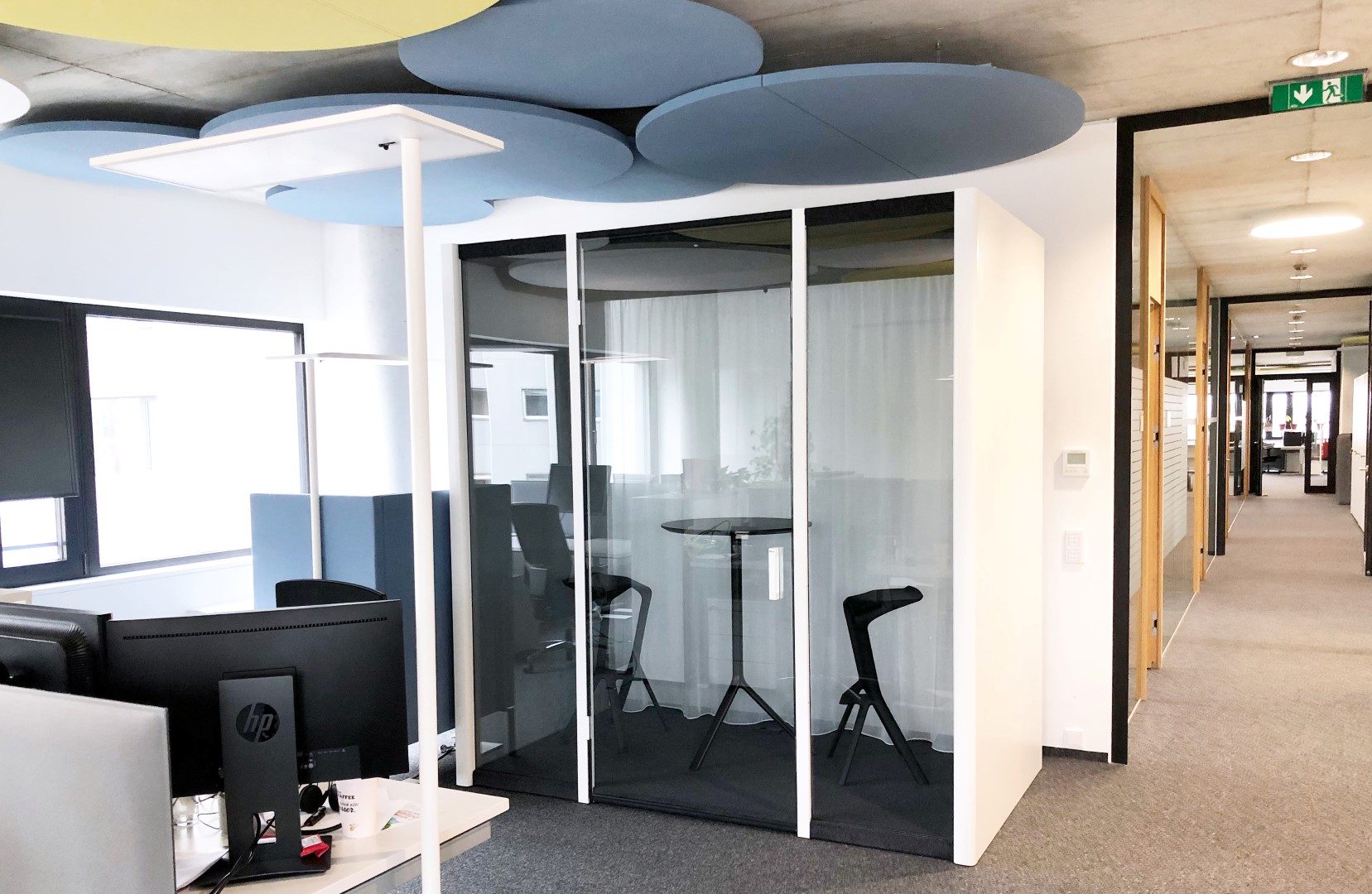
- Action Zone: a room with fully equipped workstations for joint project development. These rooms are also used by employees who provide support services. Noise is perfectly acceptable here, e.g. regular videoconferences with external development partners with whom many of our teams collaborate.
- Confidential Zone: a room into which to withdraw for confidential discussions and meetings between senior managers.
- Classic Zone: meeting rooms for each department, set up in the conventional manner.
- Regular Zone: regular meetings such as daily meetings, jours fixes or scrum meetings are held here.
- Design Zone: specifically for sessions and meetings relating to design. To encourage co-creation, suitable technical systems are provided; creative work can also be carried out here. Items of furniture with striking design elements create a suitable atmosphere.
- Last, but not least: the Social Zone – for taking breaks and chatting over coffee.
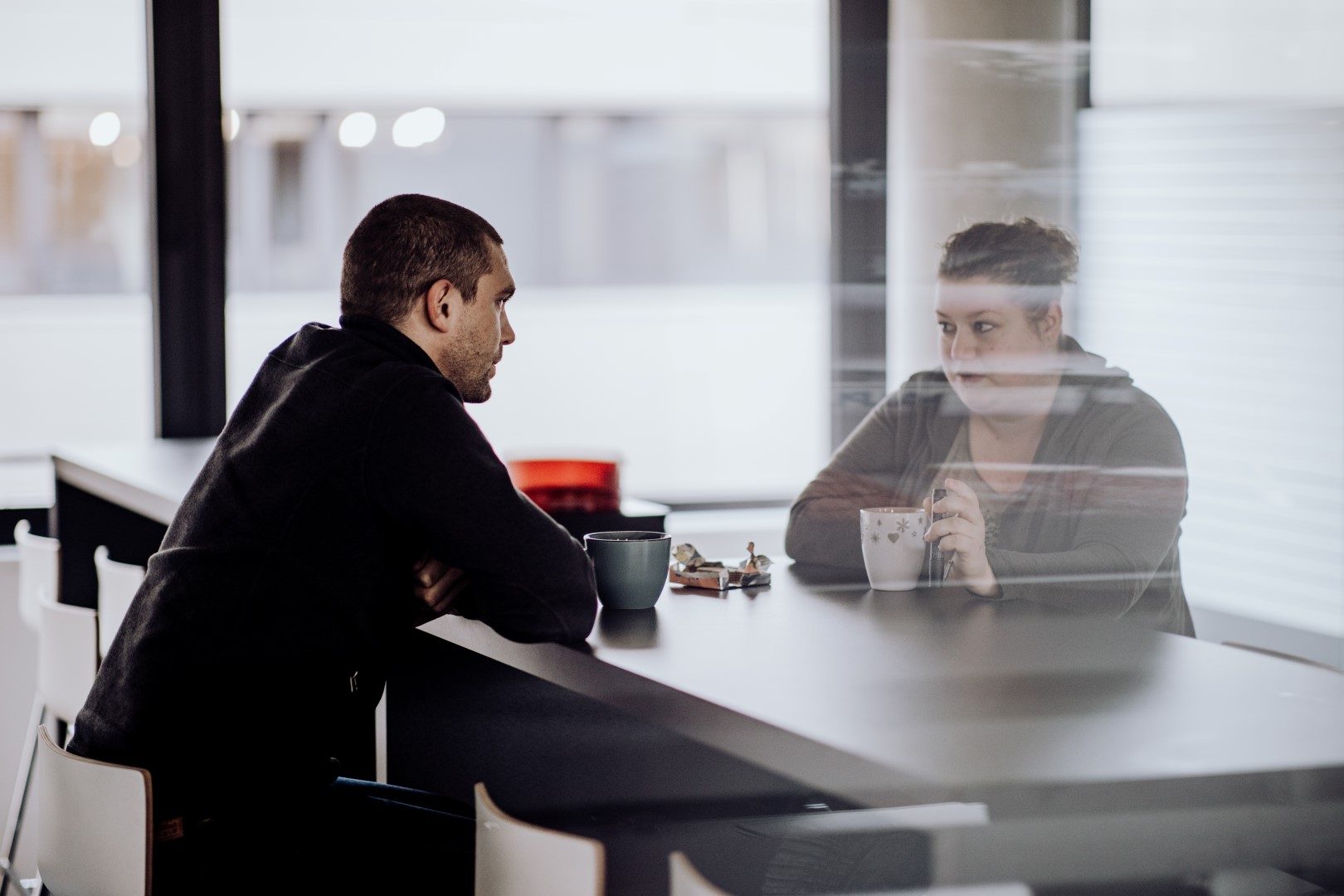
What has all this been like for the teams who have been working in the new building over the past few months? Basically, the underlying mood is very positive. Feedback has been received from numerous colleagues indicating that collaborative work has improved, and that there is now more communication between teams and departments. The new office layout strengthens the feeling of community, relationships are stronger, and it is easier to eliminate silo mentalities.
The challenge of working in the Quiet Zones
One issue which initially all the teams faced, and to some extent still do, is: how to work in the Quiet Zones, where finding the middle ground between “dead quiet” and “noisy” remains an ongoing challenge. In addition, the Quiet Zones also require changes in behaviours and thought-patterns: in the past, employees conducted most of their work at their own desk, but now frequently move over to other workstations. In general, however, they have found the new office layout does provide good support for the new work methods, and are coping well with activity-based working as a whole.
Nonetheless, they have found that to keep the zone concept functioning smoothly, the right culture and clear rules are required. In particular, working in the Quiet Zones requires consideration towards others and self-discipline to ensure the zone concept is a success.
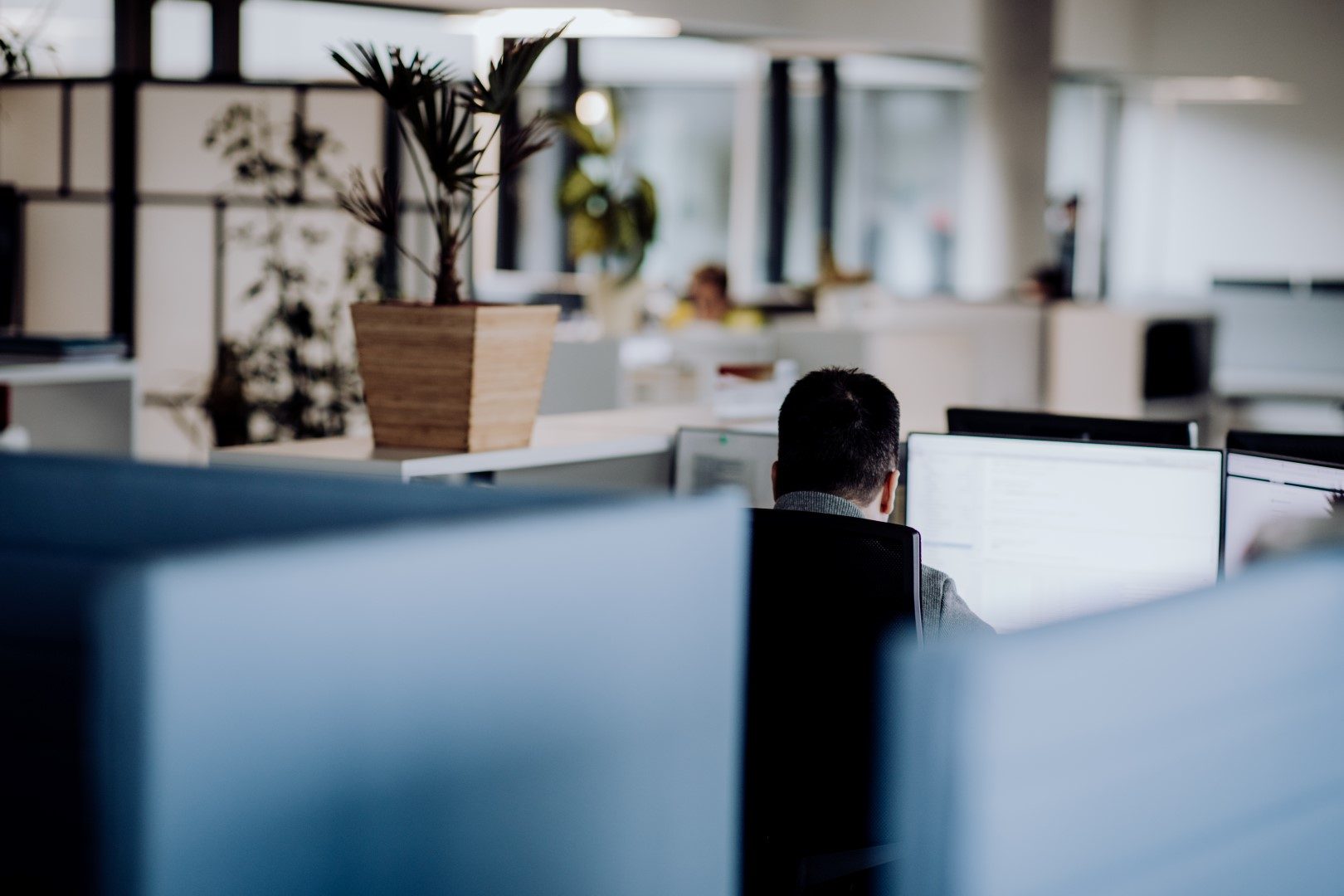
Outcomes
An important aspect of the Open Space approach is that everyone should feel able to openly discuss unsatisfactory issues. That is, of course, already part of Porsche Informatik’s corporate culture, and the new Open Space approach further facilitates such open discussion. In the event of minor friction, e.g. when things get too loud, constructive dialogue with everyone involved is easy to achieve, with a sense that everyone’s views are being equally heard as part of the effort to create the optimum working environment.
Experiences gained in Bauteil D will also be brought to bear at DigiLab Porsche Informatik, our new Vienna location, which is currently being planned. In addition, we are still engaged in a learning process for other parts of the Porsche Informatik building complex in Salzburg too. Learning outcomes relating to the new approach may be applied in other buildings or adapted as necessary.

We are also conducting a comprehensive technical study of our work environment to assess how activity-based working is carried out in practice, with further annual surveys planned for the future.
To sum it all up, we are still in the learning phase, but good progress has been made, and while the new layout and activity-based working may not yet be a fait accompli, all the prerequisites for success are in place, and employees are satisfied. For many of them, further motivation will come from the feeling of pioneering new ideas and possibilities.
